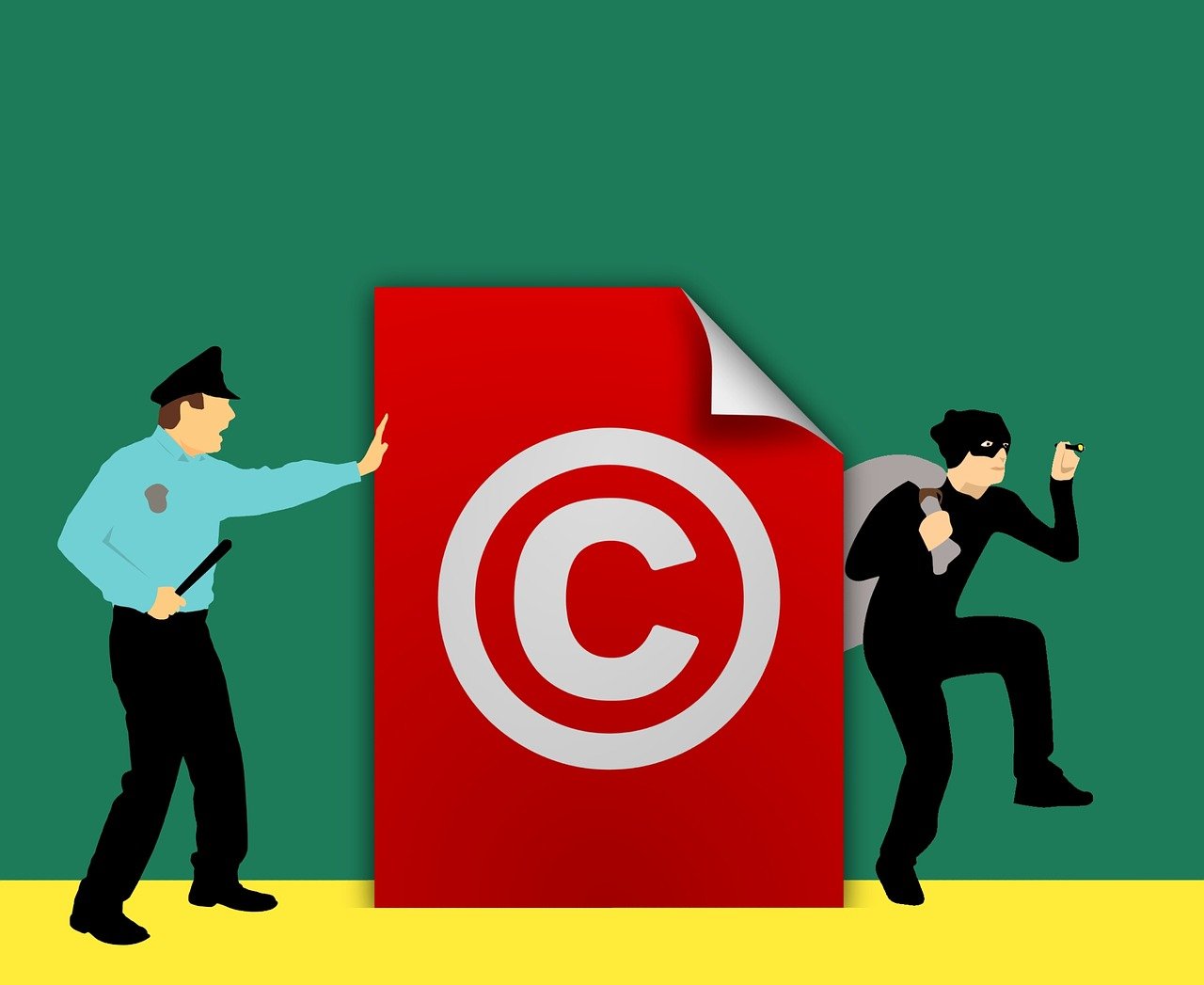In today’s highly interconnected world, intellectual property (IP) is a central asset fueling innovation, creativity, and economic growth. American businesses and creators invest billions into life-saving medicines, cutting-edge software, iconic brands, and original artistic works. Yet, this ingenuity faces unprecedented threats as globalization expands market opportunities simultaneously with risks like counterfeiting, piracy, and forced technology transfers. To remain competitive and protect these intangible assets, understanding the multifaceted international IP landscape is crucial. From grasping territorial IP nuances to leveraging global treaties and governmental resources, companies of all sizes must approach IP defense with strategic foresight. This is particularly vital as IP-intensive industries contribute over $7.8 trillion to the U.S. economy, supporting almost half the workforce. Navigating protections offered by organizations like WIPO, USPTO, and IP Australia, as well as tools such as Trademarkia and LegalZoom, empowers innovators to safeguard their creations on a worldwide stage. Through a combination of legal expertise, policy initiatives, and international cooperation, American intellect can maintain its edge in a fiercely competitive global market.
Understanding the Core Concepts of Intellectual Property and Its Global Importance
Intellectual property is fundamental to modern economic success, representing creations from innovative inventions to distinct brand identifiers. Legally, IP grants exclusive rights to owners, enabling them to monetize and control their innovations. Comprehending the categories of IP—patents, trademarks, copyrights, and trade secrets—is the first step in crafting an effective international protection strategy.
Defining Different Types of Intellectual Property
Patents protect novel inventions such as pharmaceutical compounds, manufacturing processes, or novel software algorithms. These rights typically last 20 years from application and require full public disclosure of the invention details. Without patent protection abroad, a competitor can freely produce and sell identical products in foreign markets, undermining the originator’s value.
Trademarks safeguard brand identity through signs like logos or names that distinguish goods and services. International registration systems such as the Madrid Protocol simplify filing across countries. Enduring trademarks like the Nike “swoosh” illustrate the lasting economic power of recognizable branding.
Copyrights cover artistic and literary works, including books, music, and films, with protections typically extending for life of the author plus 70 years. This category also embraces digital content, making it relevant in today’s tech-driven markets.
Trade secrets protect confidential business information that offers commercial advantage, such as Google’s search algorithm or KFC’s recipe. These remain protected indefinitely as long as secrecy is maintained.
The Territorial Nature of Intellectual Property Rights
One critical concept in global IP protection is that rights are territorial and do not automatically extend beyond national borders. For example, a patent granted by the USPTO only protects products in the United States. To secure rights in other countries, owners must file applications under each jurisdiction’s laws or through regional offices.
The “territorial trap” phenomenon means failure to obtain adequate overseas protection can lead to lawful foreign manufacture and distribution of copied products, trademark infringement, and copyright violations – all seriously damaging the owner’s market and reputation.
| IP Type | Typical Duration | Scope of Protection | Example |
|---|---|---|---|
| Patent | 20 years from filing | New inventions and processes | New pharmaceutical drug |
| Trademark | Indefinite (with renewal) | Brand names and logos | Coca-Cola logo |
| Copyright | Life of author + 70 years | Artistic & literary works | Best-selling novel |
| Trade Secret | Indefinite (while secret) | Confidential business info | Search engine algorithm |
For businesses considering expansion, consultation with resources like the data analytics for business decisions platforms can also refine market-entry strategy based on IP strengths and risks.

Leveraging International Treaties and Agreements to Simplify Global IP Protection
Managing IP protection across multiple countries individually can be prohibitively expensive and complex. Recognizing this, the international community has established frameworks to ease cross-border registrations and enforcement. U.S. government agencies, including the USPTO, play a crucial role in negotiating and administering these agreements.
Key International IP Treaties Facilitating Global Protection
- Patent Cooperation Treaty (PCT) enables inventors to file one international patent application to seek protection in up to 143 member countries. This delays costs and streamlines procedures.
- Madrid Protocol offers a centralized trademark registration system covering over 80 countries, allowing trademark owners to register in multiple jurisdictions via a single filing.
- Hague Agreement simplifies the registration of industrial designs globally, permitting protection of numerous designs through one application.
- TRIPS Agreement under the WTO establishes minimum standards for IP protection and enforcement applicable to all member countries, fostering global consistency.
These agreements act as pillars of global IP strategy, providing standardized procedures and legal benchmarks that reduce uncertainty and transaction costs.
Role of U.S. Agencies in International IP Policy
The USPTO’s Office of Policy and International Affairs liaises with international organizations like WIPO to advocate strong IP protections worldwide. Meanwhile, the International Trade Administration’s Office of Standards and Intellectual Property (OSIP) provides direct support to businesses facing IP barriers abroad and promotes fair technical standards.
Their combined efforts not only protect U.S. innovations but facilitate smoother access to foreign markets. Events like the STOPfakes.gov Roadshow offer entrepreneurs crucial training on using international IP systems effectively.
| Treaty | Scope | Member Countries | Benefit |
|---|---|---|---|
| Patent Cooperation Treaty (PCT) | Patent applications | 143+ | Single international patent application |
| Madrid Protocol | Trademarks | 84+ | Centralized trademark registration |
| Hague Agreement | Industrial designs | 100+ | Unified design registration |
| TRIPS Agreement | IP protection standards | 164 WTO members | Minimum IP enforcement requirements |
Understanding and utilizing such treaties effectively can drastically improve the scope and strength of IP protection without duplicative efforts or expenses.
Governmental Resources and Enforcement Mechanisms to Defend Intellectual Property Abroad
Global IP protection is not solely about registration but also requires robust advocacy and enforcement to counteract violations. The U.S. government provides extensive infrastructure supporting American innovators internationally.
Key U.S. Institutions Protecting Patents, Trademarks, and Copyrights Overseas
- U.S. Patent and Trademark Office (USPTO): Advises on domestic and international policy and manages filing systems. Its IP Attaché Program posts experts abroad to assist with local IP challenges.
- International Trade Administration (ITA): Promotes fair trade conditions and provides hands-on assistance through its Office of Standards and Intellectual Property.
- National Intellectual Property Rights Coordination Center (IPR Center): Coordinates multi-agency enforcement against IP theft and fights organized crime involving counterfeit goods.
- Office of the U.S. Trade Representative (USTR): Negotiates trade agreements containing high-standard IP provisions and publishes the annual Special 301 report, calling out countries with weak IP enforcement.
Consider a fictional company, InventionPathways, facing rampant counterfeiting in Asia. By collaborating with the USPTO’s IP Attaché in the region and leveraging resources from LegalZoom’s IP legal services, they navigated complex local systems to achieve removal of infringing products and safeguard their trademarks, illustrating practical application of this ecosystem.
Challenges in Enforcement and Legal Quality
Despite these resources, gaps remain. Political factors, conflicting policy goals, and entrenched economic incentives for criminal networks hinder consistent enforcement. A 2024 Government Accountability Office report highlighted concerns about patent examination quality at USPTO, with nearly 40% of litigated patents invalidated post-issuance, underscoring the need for systemic improvements in domestic and international IP regimes.
Continual engagement through diplomatic channels and trade policy tools is essential to evolve global enforcement and protect American innovators. The use of platforms like World Trademark Review and Copyright Alliance also provides valuable insights and advocacy support globally.
Practical Strategies for Businesses to Protect Intellectual Property Globally
Effective international IP protection requires proactive, well-planned strategies that combine legal registration, market monitoring, and local partnership. Adapting to diverse laws and cultural dimensions is essential for capitalizing on IP assets overseas.
Steps to Build a Global IP Protection Plan
- Conduct Comprehensive IP Audits: Identify and categorize all IP assets—patents, trademarks, copyrights, and trade secrets—with support from experts like IP Australia or data analytics platforms to target key markets.
- Register IP via International Mechanisms: Utilize treaties such as PCT for patents and the Madrid Protocol for trademarks to secure protection efficiently.
- Engage Local Counsel and IP Attachés: Work with on-ground legal experts and U.S. government attachés to navigate jurisdiction-specific regulations and enforcement processes.
- Monitor and Enforce Rights Regularly: Establish ongoing surveillance of markets to detect infringements early. Use resources from Trademarkia and NameProtect for brand monitoring.
- Leverage Trade Policy and Diplomatic Avenues: Coordinate with U.S. trade representatives when systemic enforcement failures arise.

Common Pitfalls and How to Avoid Them
- Failing to register IP in key foreign markets leads to vulnerability.
- Neglecting local cultural and legal differences can result in wasted resources.
- Inadequate monitoring allows counterfeiters to undermine brands swiftly.
- Underestimating enforcement costs and timeline delays jeopardizes market entry.
| Name ▾▴ | Purpose | Countries Covered | Benefits |
|---|
No matching records found.


